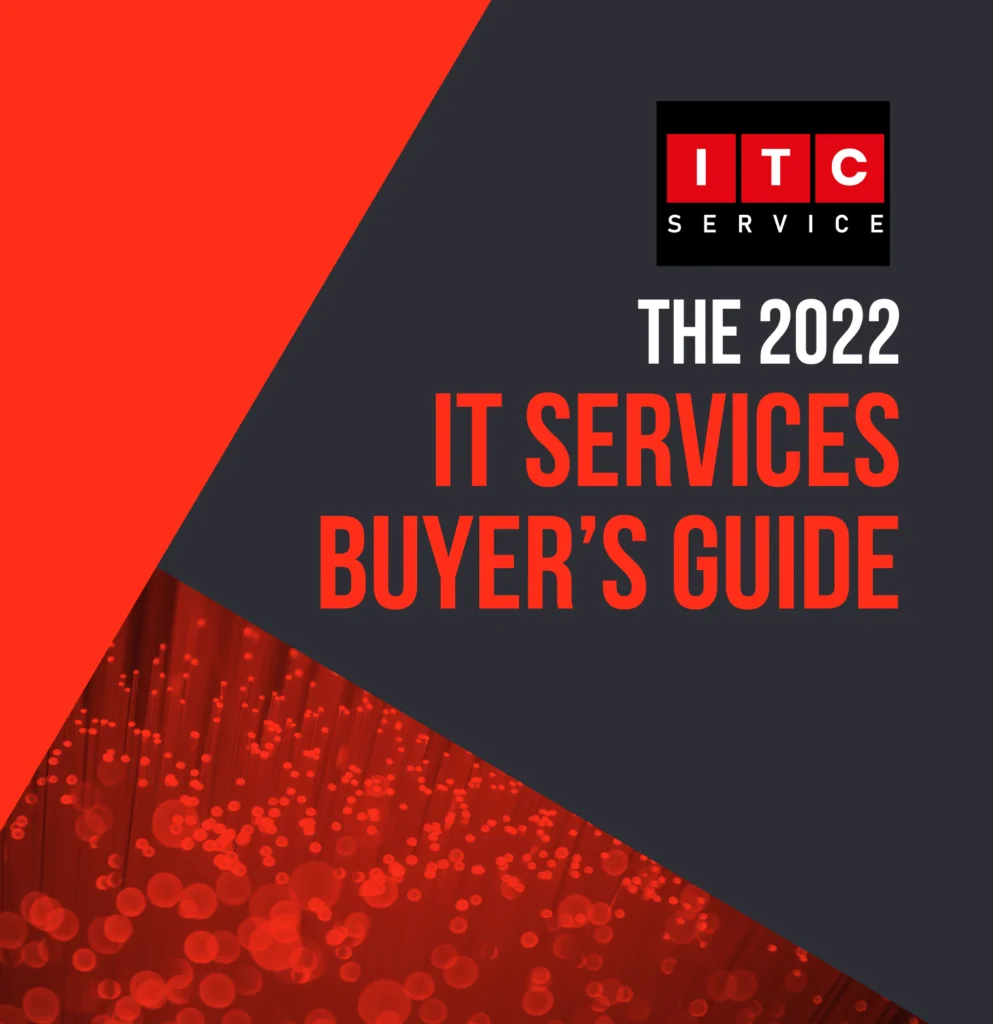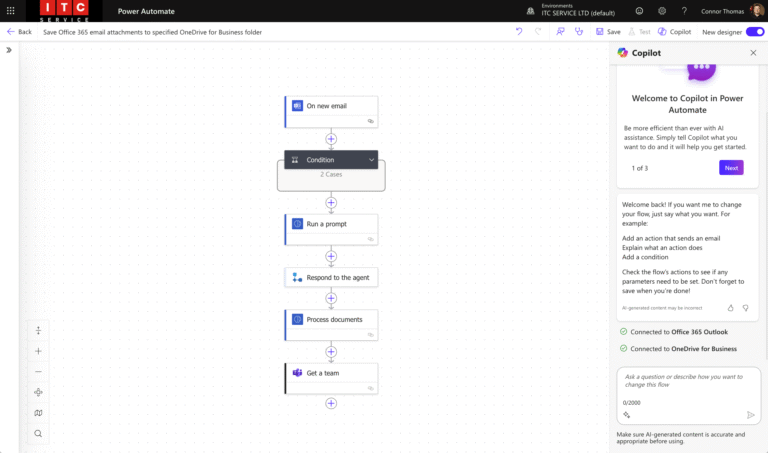If you use any technology in your business – whether that’s something as simple as a cash
register, or it’s a full-blown network for 5 locations – a proper IT strategy will be your best
friend. It’s the foundation to growing your business. It can mean the difference between
surviving a time of uncertainty and thriving through it.
You’ve got a business plan. Do you have an IT strategy?
Hopefully, it’s something you’ve made changes to over the past 12 months, to take Covid into account. If you don’t have one, or if you haven’t given it much thought over the last few years, now is definitely the time to get on with it.
OK, there’s a big chance I’m biased! But I cannot stress enough how important a well-thought-out IT strategy is for any successful business.
Your IT strategy should work alongside your business plan, detailing the ways your technology will accelerate progress towards your goals and objectives. It should take into account both long and short-term targets, and leave room for change where necessary (if nothing else, the pandemic has taught us just how quickly we might need to adapt).
What is an IT Strategy?
While it’s called an IT strategy, it’s not actually about your technology. Sure, you’ll have plans for the technology and devices that you use, and those that you aspire to use in the future. In reality, the strategy is about your business, and how your technology can help you to achieve all the things you’d like to, in the easiest way possible.
A great starting point is to take a look at your current IT infrastructure. What works well, and what would you like to improve? As your business grows, will your technology grow with you, or will you need to look at new software, networks, and even phone systems?
Speak to the people working in your business. What do they think works really well, and what would they change if they could? Are there parts of your infrastructure that actually hinder what you’re doing? Could you save time if you switched over to different software, or if one app could communicate with another one?
When you’re working with an IT support partner, they will be able to help you identify the right hardware and software. They will make recommendations based on the way you work, and the ways you want to work. They should even be able to spot potential issues that you hadn’t noticed, and suggest a simpler way of doing things.
A technology roadmap as part of your strategy will help you to budget better, and know what’s going to be new, and when. It’ll stop those surprise costs and random invoices you didn’t budget for.
We have a handy PDF that covers this, and many other important bits of infomation when it comes to choosing an IT Support Partner

It can seem a little complicated to do this yourself. But if you’re working with an IT support partner, this is definitely something they should be getting involved in too. Now, more than ever, every spend needs to be justified. Every investment needs to work hard for your business. You want value for money from everything you do.
Create a range of metrics to help you track how well your infrastructure is actually working for you. It’s nice that your team likes the way a certain system works. But if you’re not getting a return on your investment then it’s not working as well as you might think.
Your IT support partner should also get involved with regular strategic reviews. It’s up to you how often you do these, but I would recommend at least every 6 months you should look at what’s going well and what’s taking longer than you’d like it to. A few adjustments may be all it needs to get you back on track towards hitting your goals.
And this is why I keep talking about an IT support partner. Not an IT support company. Not an IT support provider. A partner. Imagine an office building. It has a cleaner who comes in every evening and cleans up the mess that people make. Click here to find our more about our IT Support Services
That’s how lots of IT support companies work. They just clean up the mess. We actually prefer to work as a facilities manager. You see, a facilities manager is constantly thinking and planning. They schedule what maintenance the building needs. They look at what they can proactively do to stop the building from falling into any level of disrepair.
Yes, there’s still an element of managing the cleaners and making sure they’ve done their job. But they’re proactive enough to stop most of the problems happening in the first place. That’s what an IT support partner does. We take a proactive approach. We do as much as we can in the background to stop things from going wrong in the first place.
Of course, things will still go wrong. Unfortunately, that’s inevitable when it comes to fast-moving technology and data. But that’s when the clean-up work happens and things get fixed. All of that proactive work means that we need to clean up a lot less than an IT support company that doesn’t work proactively.
My Team and I like to create ongoing fluid technology roadmaps for your business.
Peter Anderson – Managing Director
This ensures you know:
- Exactly what will be happening over the next 2 to 3 years.
- Exactly what technological investments you need to make
- There are no surprises. It’s all planned out, regular strategic reviews helps us all move in the right direction.
Our roadmap also allows us to see what can be delayed (if there’s a problem); what investments are critical; and similarly, if you’re ahead of things financially, what can be brought forward.
In large part, it’s our partnership that allows this in-depth planning to take place. We get to
know your business as if it’s our own. We’re constantly working with you on your business
and learning more about you and your team.
This commitment makes it so easy for us to help you because we know (just as well as you
do) where the business is going.













